Lets start with the basics: What is MCS? From mcs-aware: "Multiple Chemical Sensitivity (MCS) is a chronic, physical illness affecting people of all ages and backgrounds. It causes sufferers to have allergic-type reactions to low levels of chemicals in everyday products. Put simply the immune and detoxification systems stop working properly and the body cannot process toxins efficiently." Basically the world around you becomes a very different place when you start to react to chemicals, because chemicals are present all over in every day life. When you are very ill your body can not tolerate any extra stressors or chemicals because it can not detox it out the way healthy people can. Often times mast cells and allergies play a role in this as well (see my article on mast-cells here). Either way, this is a problem that according to research from 2003 affects 12% of the US population. That's over 36.5 million people, and surely that number has risen a lot in the last 18 years.
So, the over simplified explanation is that MCS causes the body to have intense reactions to the exposure of chemicals. What happens to people who are exposed to these chemicals? Let me share what happened to me, because it is very similar to most MCS sufferers.
My symptoms/reactions:
- Breathing problems
- Asthma
- Severe tachycardia
- Dizziness
- Nausea
- Disorientation
- Muscles locking-up
- Anaphylaxis (throat closing up)
- Hives/Rashes
- Flushing
- Fevers
- Migraines
- Full body tremors
- Trembling
- Fainting
- Cold sweats
Things that triggered me:
- Laundry detergent - Every single thing had to be washed in an unscented simple basic laundry detergent formula with no fabric softener or additives. Detergent was a huge trigger for me.
- Any soap in the house - I'm talking hand soap, dish soap, body soap. We had to replace it all for natural soaps without any fragrance added. This went for my parents in the house too, neither of them could use any fragrant soap or else they couldn't come near me
- Shampoo/Conditioner/Hair Products - All of it had to be changed to safe unscented options. No hairspray, no leave in treatments with scent. This was the most difficult because hair care products are LOADED with fragrance
- Makeup/Skincare - Lotion, face wash, masks, makeup - absolutely all of this had to be changed as well for myself & my entire family. Often the chemicals in those items would also make my skin break up out in hives so I switched to all natural everything.
- Nail Polish - regular nail polish is chock full of chemicals galore. I found a brand of nail polish called 100% Pure that offers "10-free" polish which is free of the 10 harmful chemicals. I found that I would not react to this, so while it had some smell if I did it in an open well ventilated place then I did not have a reaction due to the harmful chemicals being removed.
- Hair Dye - This one was a huge issue for me because while I have naturally blonde hair I have always gotten highlights. Highlights and hair dye are loaded with all kinds of chemicals as evidenced by the smell. I skipped them for a while because I was just way too sick to care, but when I did try to get them it required I sit in front of a window with a full respirator mask on, and even then I would need DAYS to recover afterwards. I would do this once a year.
- Candles/Room scent - this goes without saying but our home was 100% devoid of any glade plug-ins or scented candles. This was a much larger problem when I went out anywhere such as doctors offices because they would use scented carpet cleaner or room fragrance which I would react to.
- Household Cleaners - We had to completely re-do how we cleaned our home because even the "unscented" items were triggering me. The chemicals in those cleaners were too much even if they didn't have a smell. We eventually landed on Norwex because that only uses water to clean with their silver infused cloths.
- House Washing - Some of you may have vinyl houses and if you do then you know you need to get your house washed every year or two due to moss and build up. Well, I learned the hard way that this as a huge no-go when they came to wash our house with chlorine and I had a very severe reaction. The scent of the house-washing seeped into the entire house and I thought my heart was going to explode. We avoided it for 5 years after that incident, then when we did it next I had to sit in my car outside for 12 hours waiting for the smell to dissipate. Even then it took me 2-3 days for my nervous system to recover from the lingering chemicals in the air.
- Paint - Paint, glue, varnish etc were a huge no-go. They are full of a type of chemical called "VOCs" (volatile organic compounds), and they are intense. We bought VOC-free paint for our house and could only use that.
- New furniture - following up on the paint issue, new furniture also suffers from VOC issues. The glue, the dye, and various additives used on furniture make it a haven for chemicals galore. In fact, most furniture takes YEARS to "off-gas" from all the VOCs that they emit. We desperately needed a new sectional and other pieces of furniture but held off for more then 7 years because we knew my body couldn't handle that kind of toll.
- New carpet - Loaded with VOCs. Usually it's in the glue for the backing or the dye. Wool carpets without any backing are the absolute best option, so we used that in many places in the house.
- New anything plastic - Have you ever gotten something plastic in the mail and when you opened it the smell was just horrible? Yes, plastic often has fumes and I did not react well to that what so ever. We would have to open such items outside and leave them outside for a week or two until it was safe to bring inside the house.
- Pens/Markers - yes, believe it or not, even this. Markers are notorious for omitting a harsh smell and having fumes.
- Insect Repellant - huge no-go for the chemicals in it.
- Anything aerosolized - the chemical used to make something aerosolized caused an instant harsh reaction. This includes hair spray & Lysol etc.
- Fireworks - I'm including this only because I learned the hard way (again) that the fumes which are released from the most innocent fireworks (the kind you do at home) are a huge problem. One time the muscles in my entire body locked up and I was trembling for hours after being exposed.
The thing with MCS that I want to make clear is that it is not necessarily the smell which is the trigger, but rather the chemical which causes the smell. For example, the VOC free paint did not smell good. It smelled just like regular old paint, however it did not cause an MCS reaction because the chemicals themselves were removed. Same goes for the nail polish. It did not have the triggering chemicals so I could safely use it, even though the actual smell of it was kind of off-putting and could give me a headache just due to how harsh it was. Other times things might be completely odorless and it would still trigger me because again, it is not the smell but rather the chemical which my body revolted against. So the scent of fresh basil is okay, or the scent of pure peppermint oil is okay because these are naturally occurring substances.
How did it impact my life:
- I couldn't go anywhere without needing to wear an N99 mask or I would risk having a reaction. The outside world has chemicals EVERYWHERE. People I would interact with would wear heavy perfumes, or smell like cigarettes, or smell like body lotion or shampoos etc. This doesn't include the fact that many places I went would use harsh cleaners or have air fresheners plugged in. The outside world was an exhausting place to go.
- Hotels or Airbnb's were absolutely daunting - most places used household cleaners, scented detergents and scented plug-ins. Nothing was safe or tolerable, and even with calling ahead and getting accommodations it was often still not enough.
- The smallest misstep of using a chemical inside the house or around me (one time it was a wasp spray) could send me into such a severe reaction I would be scrambling to find an epi-pen. It was scary, it was very serious, and it would take me days or weeks to fully recover.
- I lived on Benadryl. I had to take Benadryl before any possible exposure to any small scent that would set me off. Although my house was a temple sometimes these things came in on packages, or with visitors, or even on my nurses.
- Absolutely every single small thing that could have any kind of scent or perfume had to be vetted, and many items we needed we could not purchase for the home.
- My parents had to be cautious who they were around if they went outside the house because they might bring home some scents to me on their clothes. Every single day was a struggle.
I had to live my life in such isolation due to MCS. Every single thing in my life had to be meticulously thought out and planned. Absolutely nothing could be done on "on a whim" without first seeing if it had any repercussions. I had to plan, medicate, and pray I would be okay anytime I left the house to go to the doctor or the hospital. I said that same prayer every day when came into contact with things which could trigger me. It was exhausting, and this was just ONE extra syndrome I had on top of my actual illness. All of the things I discussed above kept me in a state of fear and isolation. I could never fully relax. And it was like that from 2012- 2020. It was only in January 2020 that I realized how much my MCS had improved and how much more I could tolerate that I could not tolerate before.
Unfortunately there is no real cure for MCS. Often times the body itself has to get stronger or heal from the underlying illness, and then the chemical sensitivities will slowly lessen. I personally have stuck to chemical free items in my personal care and household items. Once you get used to not being assaulted by chemicals 24/7 I promise you do not want to go back to it! I certainly don't miss it, and I feel much better making clean choices for my home and body. I will probably always take care to be as natural as possible in terms of what I buy. Not only do I feel better using those products, but I don't risk adding an irritant to my environment which might create unnecessary inflammation in my body.
My threshold for what I can tolerate now has risen greatly, and it's rare that I find myself having a reaction unless it's to hair dye which is still a bit of a problem. But overall I believe that once the body can heal and get out of the fight or flight stage 24/7 then other issues will follow suite. My only one big recommendation is a Cambridge Mask N99 Mask, because that thing is an absolute life saver. It uses military grade filters and you can hardly smell anything with it on. It blocks fumes incredibly well, and while it isn't 100% it has been my best defense for combatting MCS triggers.
What Did I Try
- Low Dose Allergen Immunotherapy - This is similar to an allergy shot but done at a very low dose, almost a bit like homeopathy. The idea is that less is more. You do not want to trigger yourself to flare, you only want to reprogram your immune system to accept environmental toxins in a better way. I did LDA for various indoor and outdoor irritants, but you can get very specific with things like perfume, paint, etc. It simply tells your body not to overreact when it's faced with these things. I did have some moderate success with this but did not stick with it long enough to see the long term benefits
- Modulating my Mast Cell Activation Disorder - A lot of chronic illness patients have underlying issues that trigger other things such as chemical sensitivities. For myself I had something called mast cell activation disorder (MCAS). You can read more about how I got diagnosed here, but that kept my immune system on high alert for anything it deemed to be an "invader." Every small thing my body came into contact with would somehow trigger me. Getting this diagnosis and working to manage MCAS was also a helpful step because it trickled down to improving my chemical sensitivities as well.
I hope this post was informative & could help paint a picture of what life is like with Multiple Chemical Sensitivities. It's a struggle, and one that most people do silently and alone. The world often doesn't understand how those with chronic illnesses have to live, because there are so many layers to it. It's not just pain or various symptoms that we have to fight. Often times it's also co-conditions such as MCS which complicate the picture greatly and make recovery quite the up-hill battle. But I went from being incredibly sensitive to doing quite well now, so I wanted to share my story and provide some hope for anyone out there who feels stuck.
xoxo,
Christina
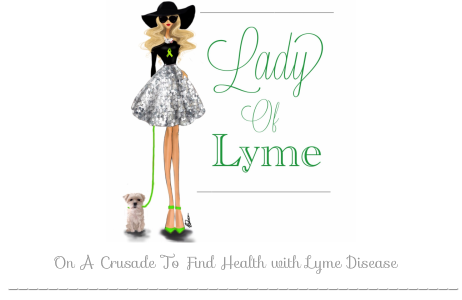
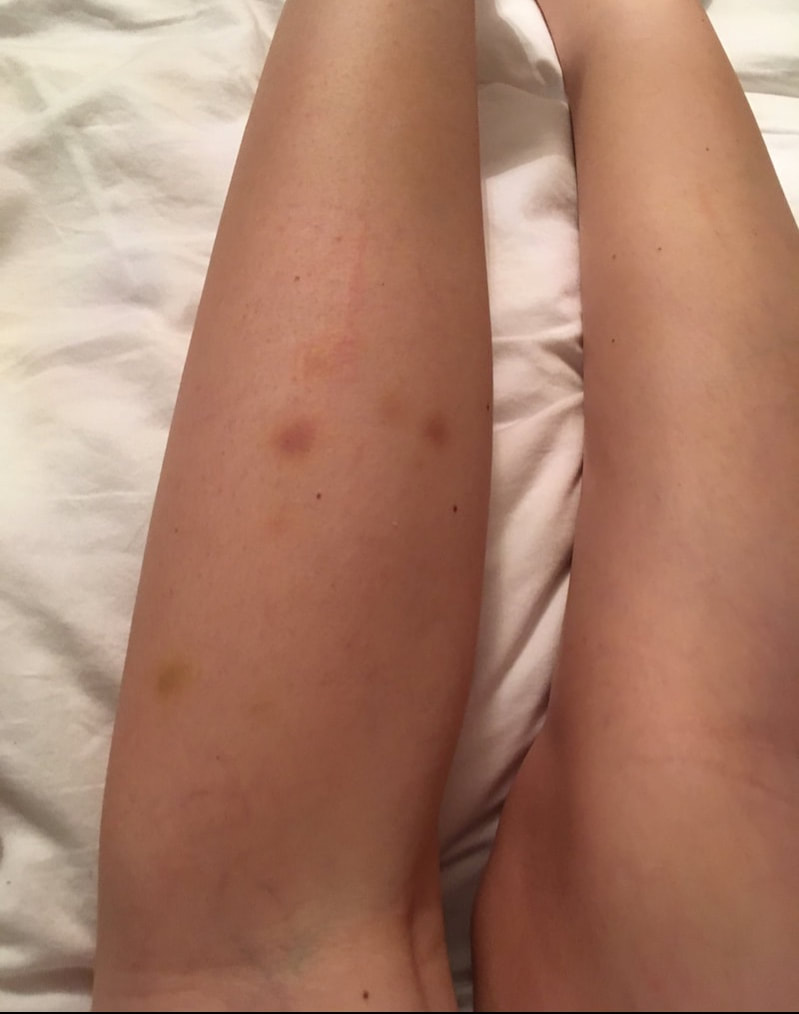
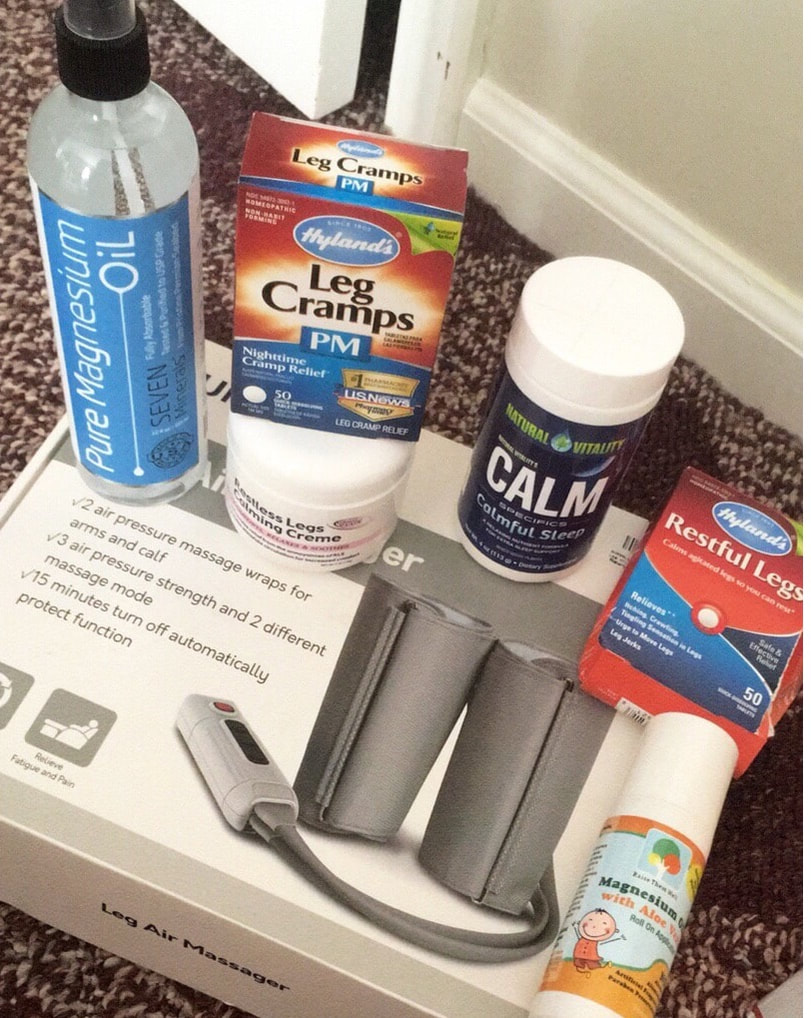
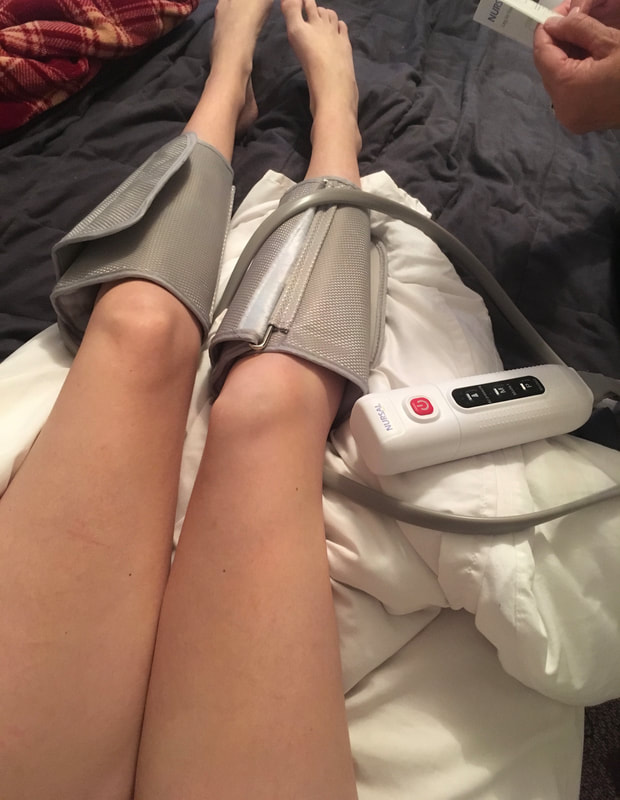
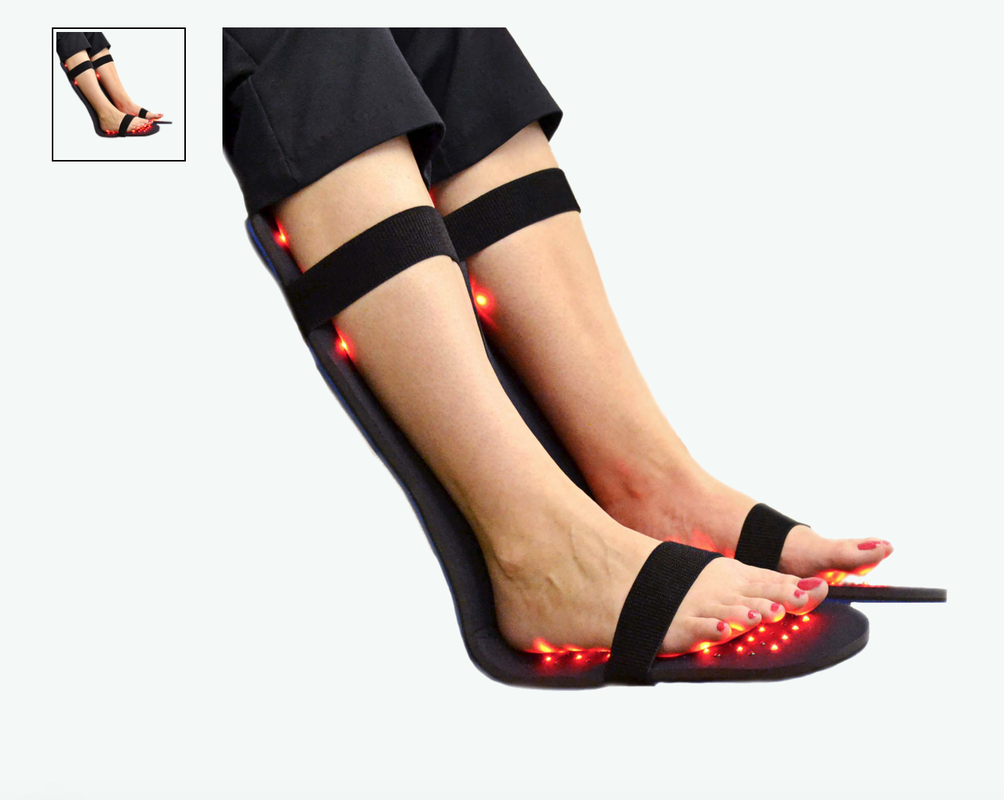
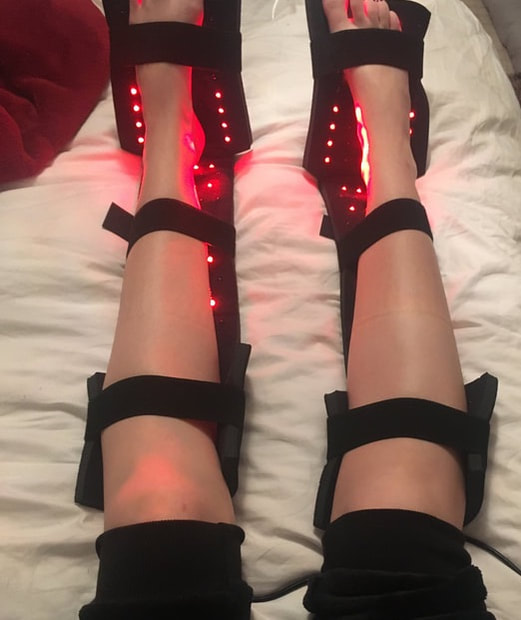
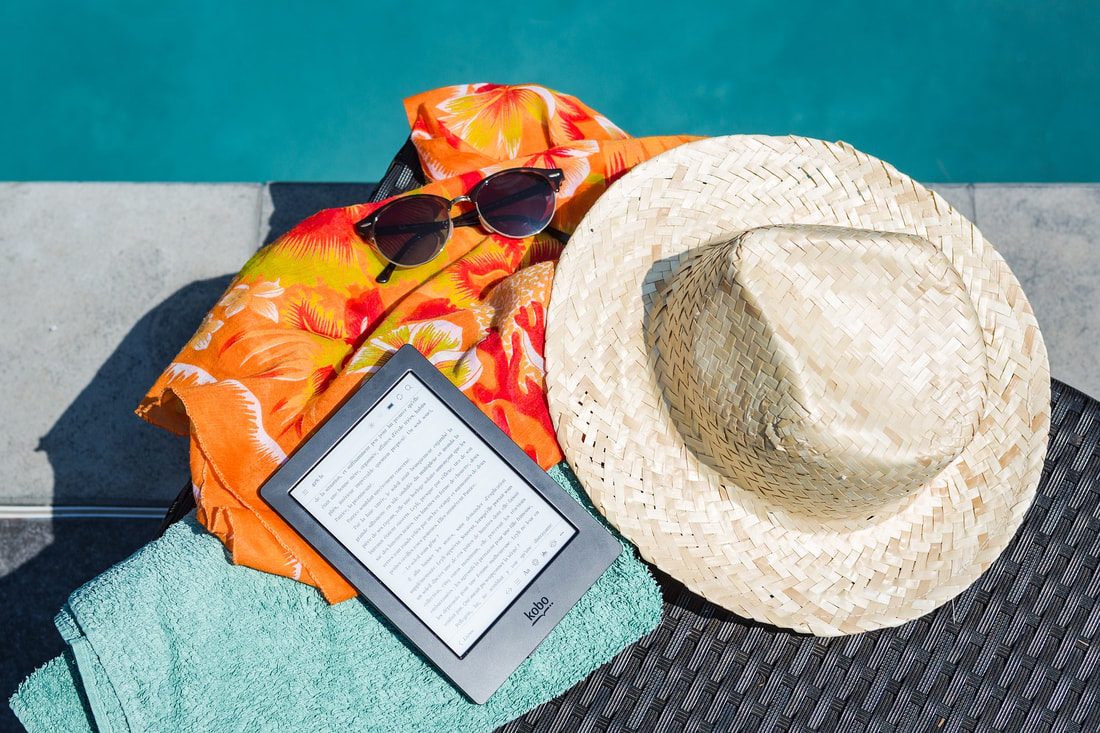

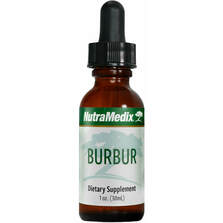
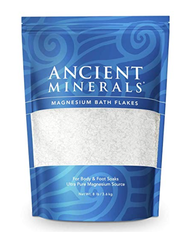
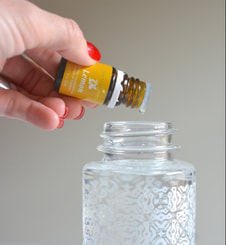
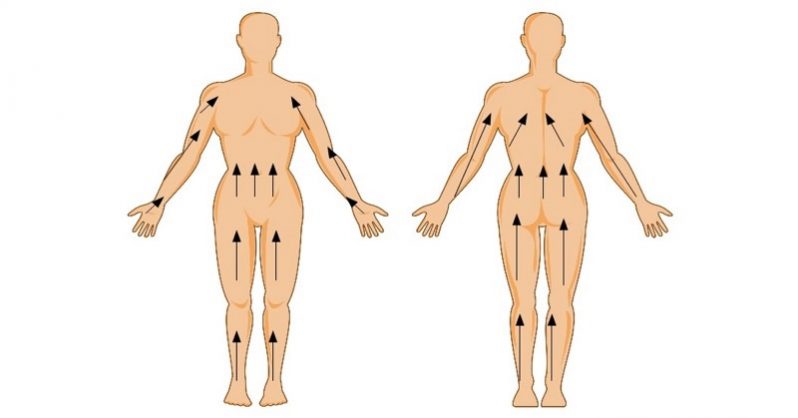
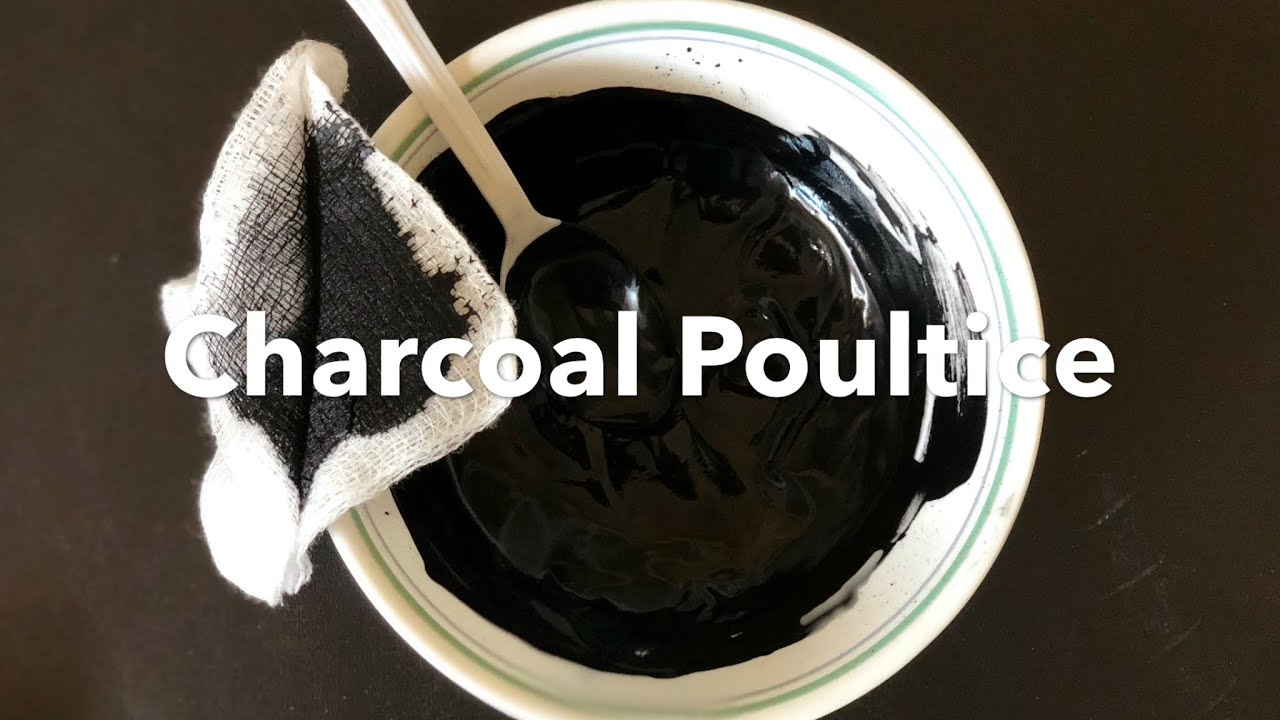
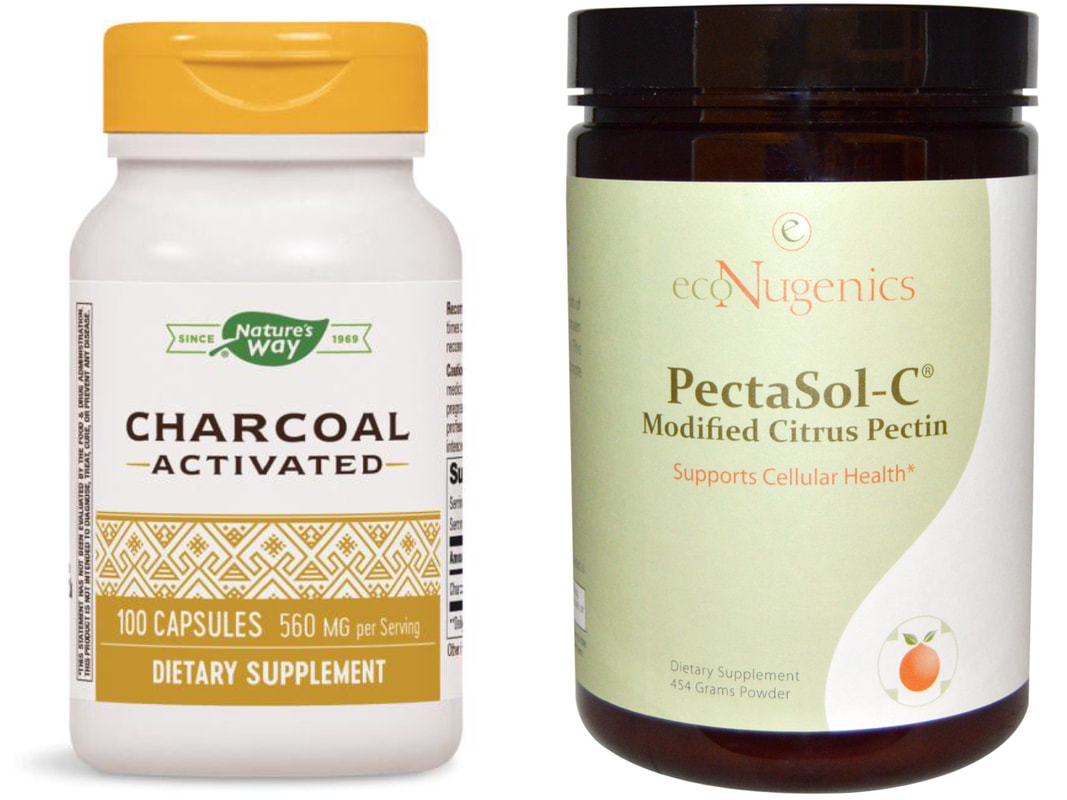
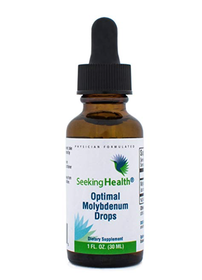
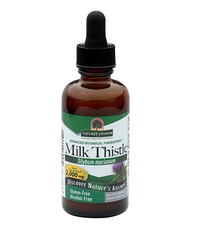
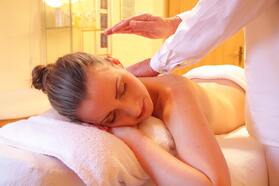
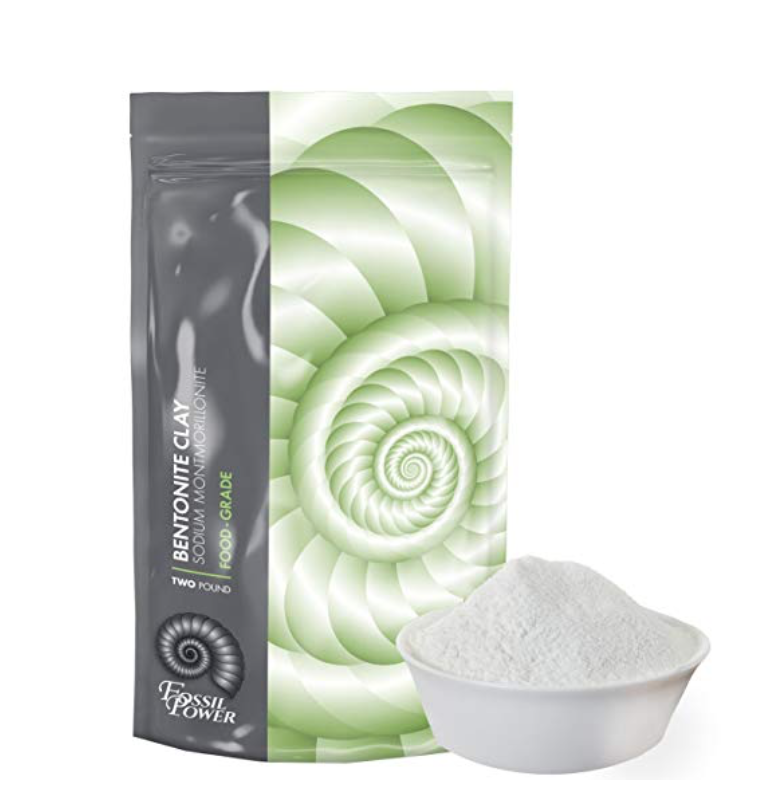
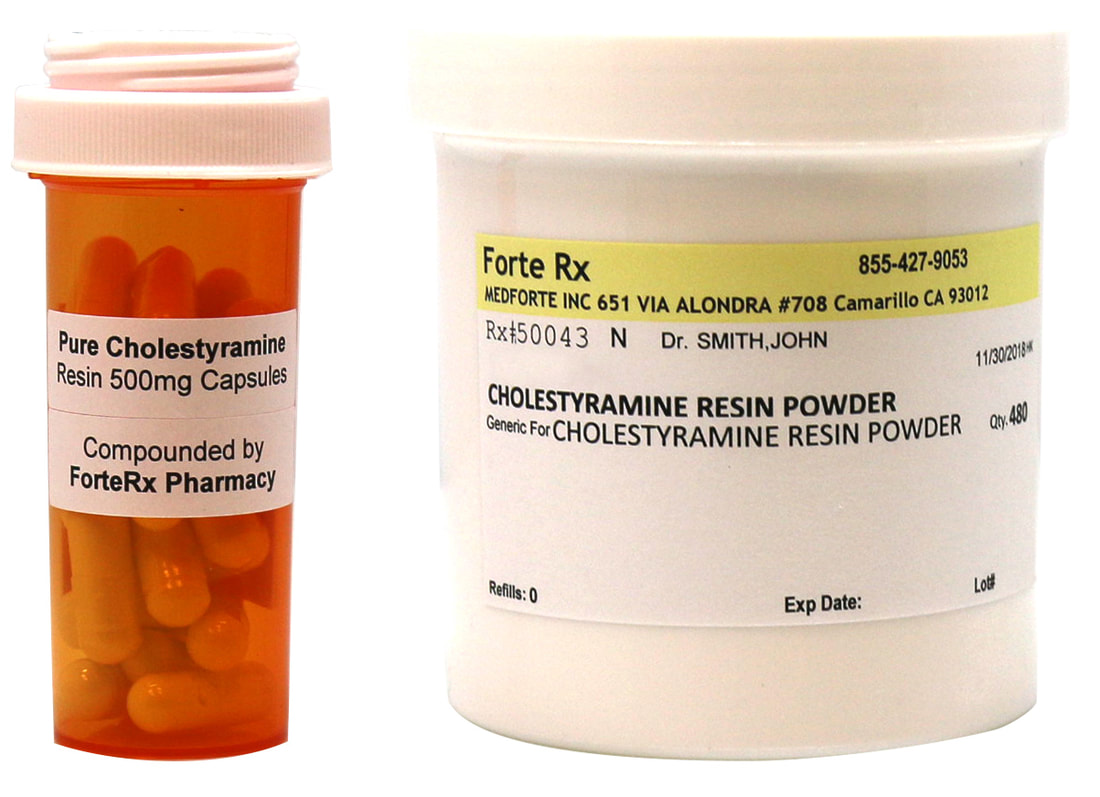
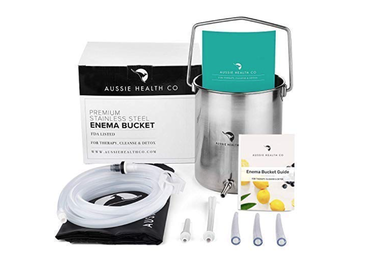
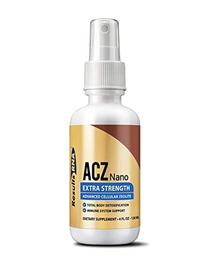
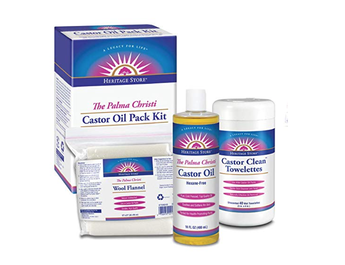
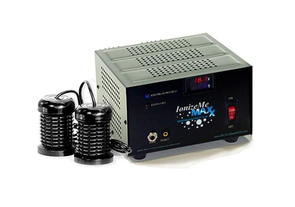

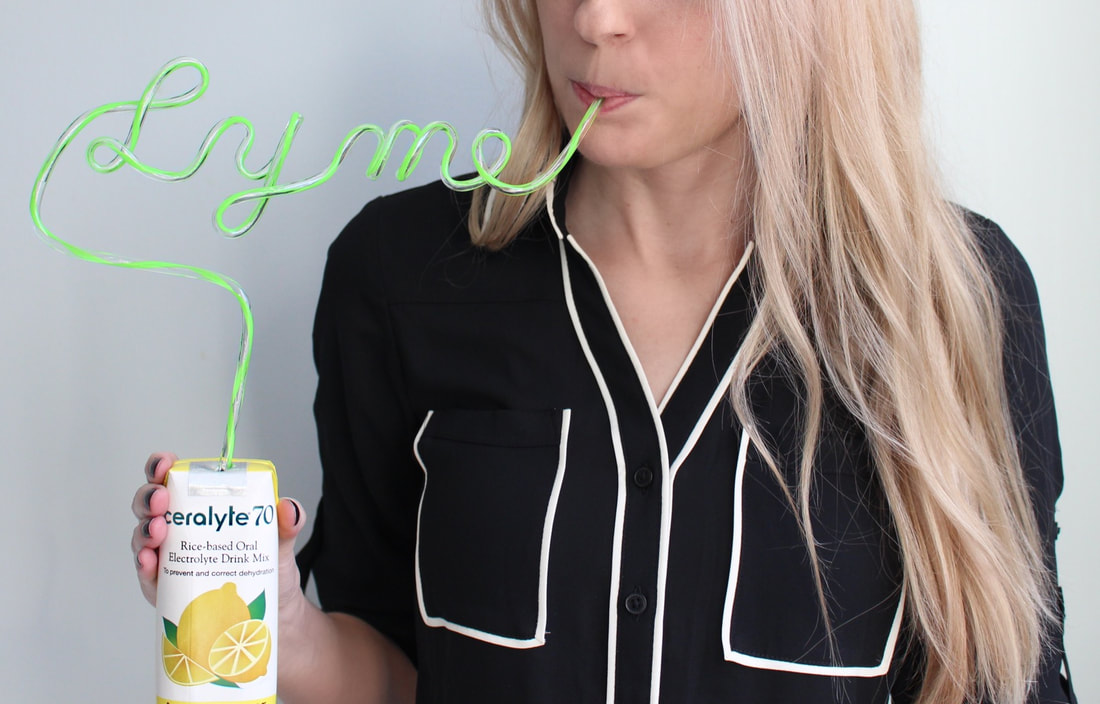
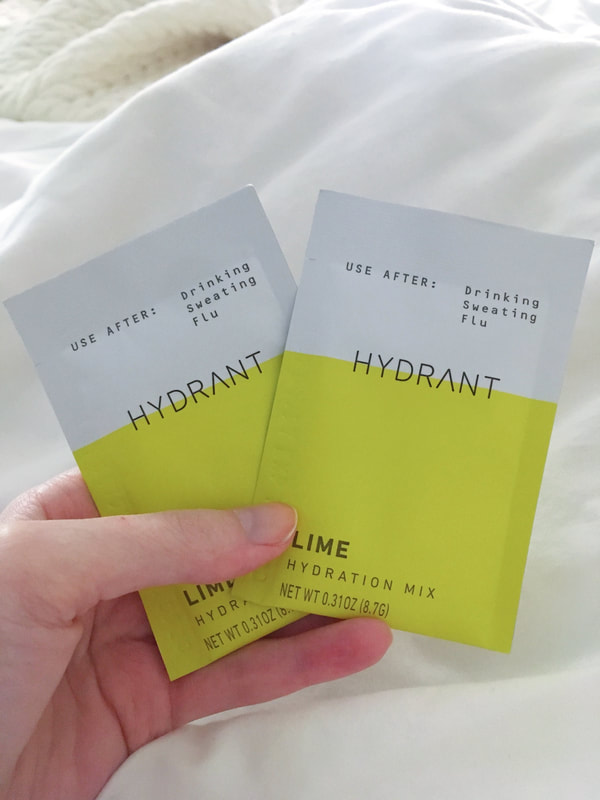

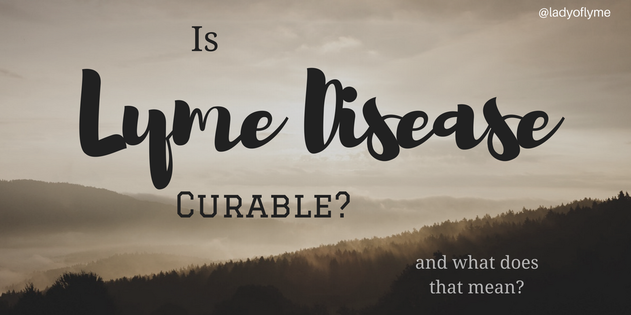
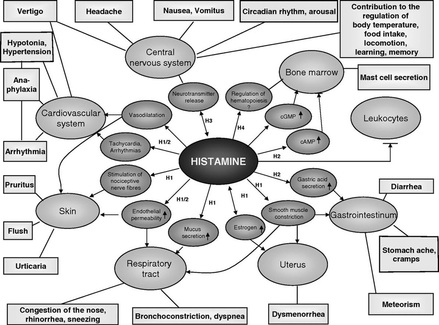
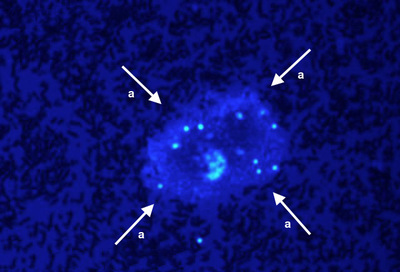
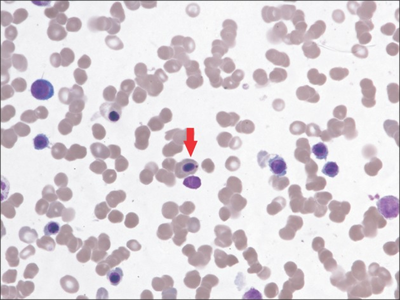
 RSS Feed
RSS Feed